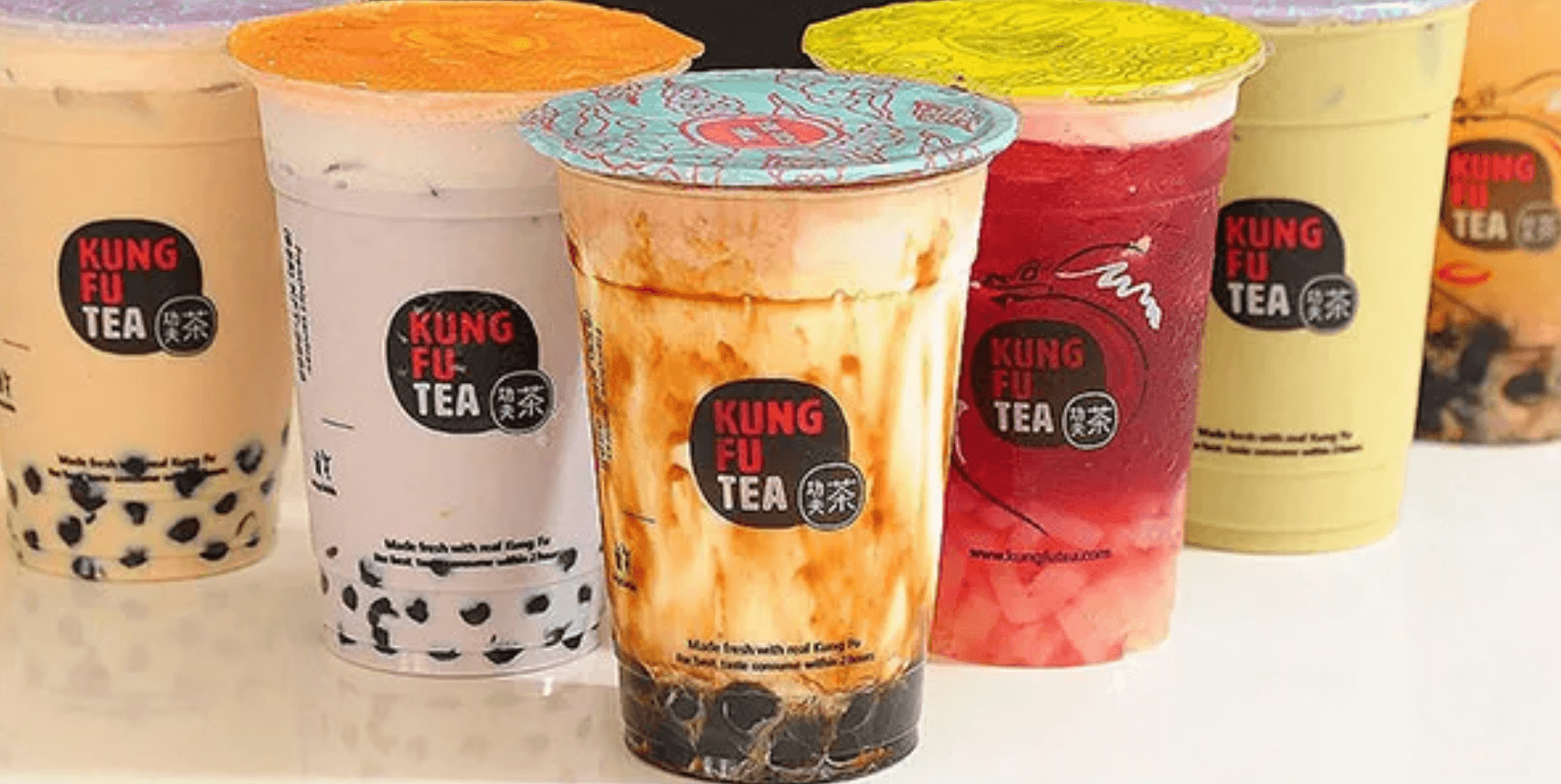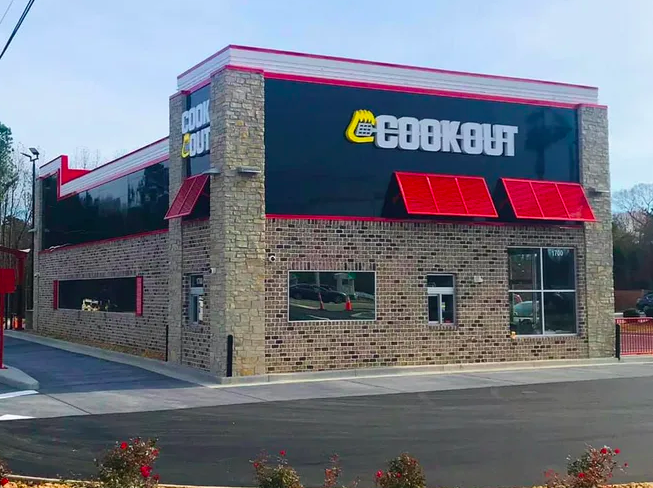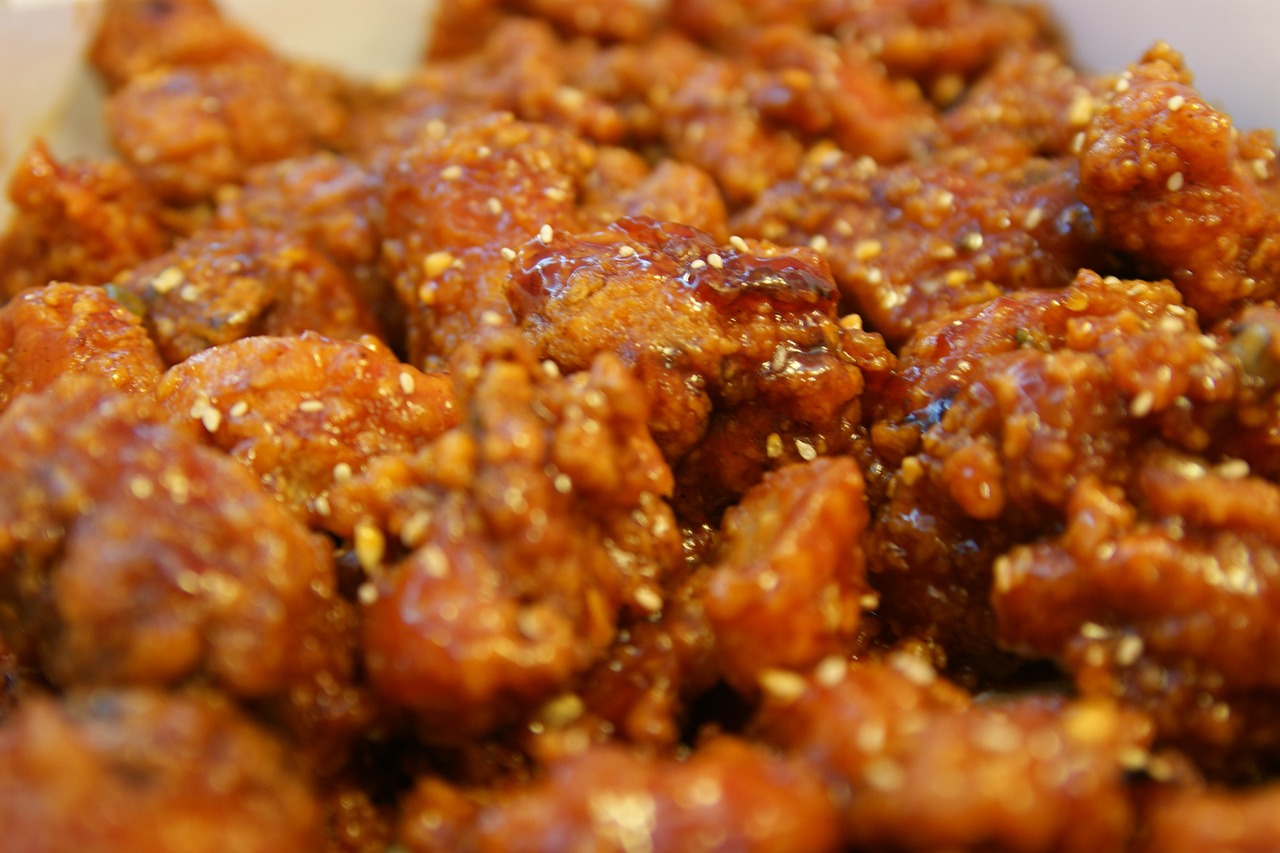With over 3,601 bubble tea shops in the United States, it’s pretty obvious this Asian drink has been adopted by consumers across America. The combination of milk and tea along with tapioca pearls makes for a delicious drink that keeps consumers wanting more. Similar to coffee shops, boba or milk tea shops have tremendous growth and profit potential with most experts expecting US growth in this industry through 2030.
In spite of overall growth expectations, don’t expect starting a local bubble tea business to be easy. With increased popularity comes significant risks and increasing competition. Here are some of the specific risks you need to know before opening a bubble tea shop in the United States.
Page Contents
What is Bubble Tea?
Bubble tea, milk tea, boba, pearl tea – all of these names describe the same beverage. But what exactly is a bubble tea? Bubble tea is a drink that originated in Taiwan in 1980. The drink is a mixture of milk and tea and the tapioca pearls, which resemble “bubbles” where the drink got its name. The beverage was originally served hot but nowadays bubble tea is more popular as a cold drink.
Other variations of bubble tea can be fruit teas which are fruit juices mixed with tea, simple plain sweetened brewed teas, yogurt teas which have a base of Yakult, slushies or smoothies which are blended milk tea drinks, and more.
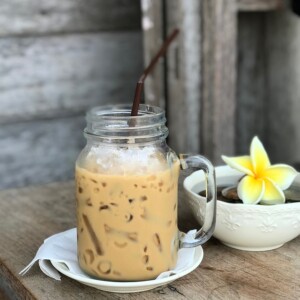
Milk tea.
Bubble tea also comes with a variety of add-ons depending on your preference. There’s the basic ones like pearls, also called boba or tapioca balls, popping boba (yes, these things pop in your mouth when you chew on them and you get a burst of juice), and brown sugar pearls. There’s also coconut jelly, aloe vera, custard or pudding, red bean, and grass jelly. Some shops even add cheese foams on top of their milk teas. I promise this tastes better than it sounds.
The bubble tea market has a compound annual growth rate (CAGR) 7.51%. The market reached $2.29 billion in 2022 and is expected to grow to $4.08 billion by 2030 so this is a business that a lot of innovative beverage investors are expecting could be the next big thing in the United States.
What are the risks of starting a Bubble Tea Shop?
Even though the bubble tea industry looks promising in the United States there are some real risks to opening a shop in the United States. Here are the main concerns I have about this beverage business that you should be aware of.
Inconsistency Risk
Bubble tea shops are at risk for inconsistencies. For example, the tea must be brewed at the right time and temperature. If not, the flavor does not come out well and the rest of your milk tea drinks would not taste good. Another example is adding the right amount of milk to enhance the flavor of tea. You can compromise the taste if you add less of it or too much.
So how do you avoid such a risk factor? Make sure to attend the trainings that come with your franchise or create standard operating procedure for making beverages that’s followed by management and employees if you’re an independent shop. Make sure your milk teas are consistent so that customers know exactly what they’ll get when they visit your location.
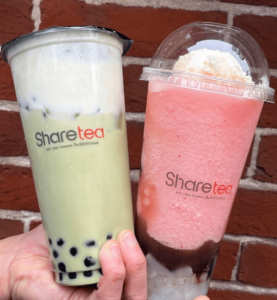
Sharetea is a leader in this industry.
Not Keeping Up With The Trends Risk
Millenials and Gen Z are what keep the bubble tea market prospering and if there’s one thing about them is that they have a thing for keeping up with the trends. For instance, tapioca pearls were the only toppings for bubble tea and then brown sugar pearls came in and then followed by popping boba. So if you are a bubble tea shop that doesn’t know what these toppings are and are sticking to the classics, then you risk losing the interest of your customers who choose to go to other bubble tea places that have what’s “in” at the moment.
Keep up with the trends by keeping yourself updated in what’s happening in social media circles. This means being online constantly and engaging with your customers.
Marketing Risk
Bubble tea shops that don’t invest in marketing are at risk of failing. Do know that there are a lot of bubble tea shops in the United States. As mentioned above there’s over 3,601 of them. The competition is tough and your bubble tea shop should stand out from the rest.
Marketing heavily on social media where most Millenials and Gen Z spend their time on can be one effective way of reaching out to customers. Offer seasonal promos to get them to come back from time to time. If you franchise a bubble tea shop, ask what the marketing strategies are so you know if there are future marketing plans for your business.
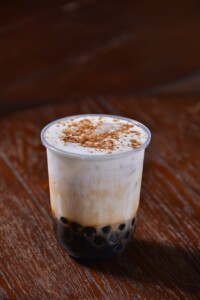
Boba tea.
Location Risk
Location is important for any business, but it is especially important for bubble tea shops. Bubble tea is a relatively impulse-driven purchase, so businesses need to be located in areas where people are likely to be walking by and see their shop.
According to a report by Taipec, a bubble tea supply company, the best locations for bubble tea shops are:
- Busy high streets: These streets are often full of foot traffic, making them ideal for bubble tea shops that rely on walk-in customers.
- In busy shopping centres: Shopping centres are another great option for bubble tea shops, as they attract a large number of people who are already looking for something to eat or drink.
- Near universities with a large international student presence: Bubble tea is especially popular among young people, so locating a shop near a university with a large international student population can be a great way to attract customers.
- Near to public transport centres in large cities: Public transport centres are often busy areas with a lot of foot traffic, making them ideal for bubble tea shops.
- In densely packed office areas: Bubble tea is a popular lunchtime snack, so locating a shop in a densely packed office area can be a great way to attract customers during the workday.
A study by the University of California, Los Angeles found that bubble tea shops that are located in high-traffic areas tend to be more successful than those that are located in less-trafficked areas. The study found that bubble tea shops that are located in areas with a high foot traffic of 10,000 or more people per day tend to have higher sales than those that are located in areas with a lower foot traffic of 5,000 people per day.
The Example of Gong Cha: Gong Cha is a Taiwanese bubble tea chain with over 1,000 locations worldwide. The company’s success is largely due to its strategic location in high-traffic areas. For example, Gong Cha’s flagship store in Taipei is located in the middle of a busy shopping district.
Does your future location meet these criteria? If not, reconsider your build spot.
Menu Variety Risk
As mentioned above, bubble tea isn’t just milk tea. It’s also flavored teas and yogurt drinks and even coffee. Your bubble tea shop could be at risk if you sell just a couple of flavors of milk tea. So add more variety of milk teas and toppings on your menu to keep customers engaged and interested in your brand.
Labor-intensive Drink Risk
Bubble tea shops are labor-intensive businesses. You will need to hire and train staff, and you will need to make sure that your staff is efficient and productive. This training process can become more complicated when you release new flavors or add-ons on a regular basis. You’ll also need to compete with other service businesses for top-quality labor.
Seasonal Demand Risk
Bubble tea is a seasonal beverage. Demand for bubble tea is typically highest in the summer months. If you open your bubble tea shop in the winter, you may have difficulty generating enough sales to stay afloat. Keep this in mind if you operate a business in a part of the country with four seasons and long winters.=
Is owning a Bubble Tea Shop Profitable?
You can charge a bubble between between $3.50 and $6 per 12 ounce cup. Add-ons come with an additional $0.75 – $1.00 at most shops. The profit margin in running a bubble tea business can be 18% to 25% but again, this depends on several factors such as making sure you have a good location and that you are marketing your brand enough.
You should also take into account other expenses such as rent, payroll, supplies, inventory, equipment, licenses and advertising. Make sure you spend sufficient time drafting a business plan and get an accurate understanding of the costs involved in this business. Getting into a business where you don’t understand the numbers is one of the biggest risks of all.
You Might Like: Is Ding Tea Worth the $259K Investment?
Is Bubble Tea a fad business?
One might think bubble tea is just a fad. But the drink has been around since the 90s and you might not have heard of it unless you’re living close to Asian-American communities and the drink was just a part of a restaurant’s menu. There were other bubble tea shops that opened in California such as Quickly and Ten Ren. It wasn’t until 2013 when there were more bubble tea shops that opened that people started noticing them. Of course, social media and vloggers played a huge part in creating the hype around bubble tea.
So is it just a fad? I don’t think so especially since it’s 2023 and there are still many boba tea shops opening and only beginning to work their way into the U.S. market. The challenge here is keeping up with the trends, the emerging new flavors, broader consumer adoption, and making your bubble tea shop well known.
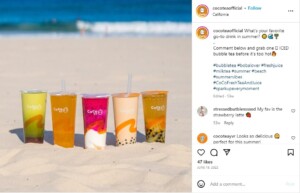
Boba on the beach?
Is Bubble Tea Too Competitive?
Is the bubble tea shop too competitive? It sure is! But you can’t exactly blame them for it when there’s plenty of bubble tea shops around so the one thing they have to do is to aggressively market their products. Not to mention, some bubble tea shops such as Sharetea, Gong Cha, Happy Lemon, Ding Tea and Chatime have strong global presence around the world that by the time they enter the U.S. market, they’re already a hit. So smaller bubble tea shops end up mustering all that effort in advertising their brand.
So how do you fight against other bubble tea brands? As mentioned above, the key factors in competing against other brands are having a good location, an exceptional marketing strategy, and a financial or business plan.
Why is Bubble Tea Popular?
The popularity of bubble tea has baffled some who still don’t quite get why a milk tea drink has grown to a billion dollar industry. Here are some points as to why the beverage is in demand:
Customization
There’s a lot you can do when you order bubble tea. Aside from picking out the flavor of your choice, you can opt to have them hot or cold. You can also add any topping you want (for an additional fee). You can also adjust the sugar levels of your drink by making them regularly sweet or down to 0% sugar.
The global brand Starbucks has found a way to generate $1 billion in revenue annually by selling drink add-ons. No doubt that bubble shop concepts will be testing premium add-ons as a revenue drivers with the different flavors and ingredients like grass jelly, coffee jelly, custard, and red beans to name a few. These are just a few of the many different add-ons that you can offer for bubble tea. The customization of a bubble tea drink gives customers that enjoyable milk tea experience.
Texture
Bubble tea makes for an interesting drink wherein one doesn’t just drink the beverage but they also have something to chew on such as the pearls, pudding, popping boba, aloe vera, and coconut jelly. Adding these kinds of texture to bubble tea makes it more fun and yummier to indulge in.
A Healthy Option… Sort Of
Because bubble tea has more natural ingredients (just tea, milk, and sometimes even honey), it’s considered a healthier option. But then again, the sugar content can be really high which isn’t really healthy. Unless they opt for half or no sugar at all.
Will Bubble Tea work in the United States?
The bubble tea industry in the United States is on the rise so it seems like it’s working at the moment. The CAGR percentage is high as well which is good news if you want to invest in a bubble tea business. But keep in mind not all markets in the United States are the same.
If you open in an area with a significant Asian population like many parts of Southern California for example, you’ll have a larger audience of consumers who are aware of your drink. On the other hand, residents in small town middle America may not even know what the beverage is.
If you’re looking for several bubble tea franchises, you can check out our guide on Chatime and Sharetea. These franchise options provide an easier way to break into this market with a proven menu, supply network, and operating proceedures that can help you avoid some of the common pitfalls of this business.
Are you ready to get into the bubble tea business? Take note of the risks so your business can survive the competitiveness of the milk tea industry and sip on the sweet flavor of success.

